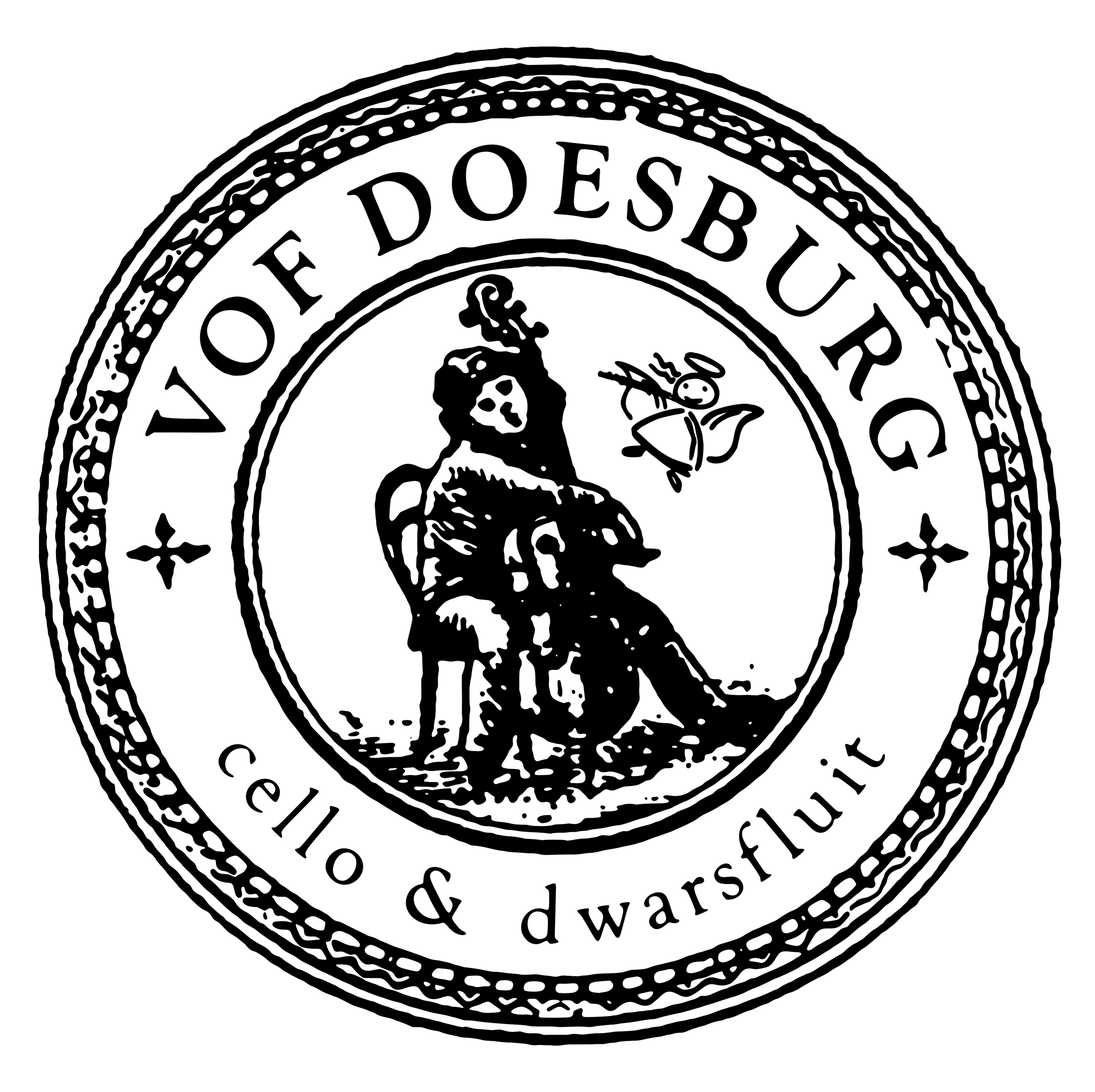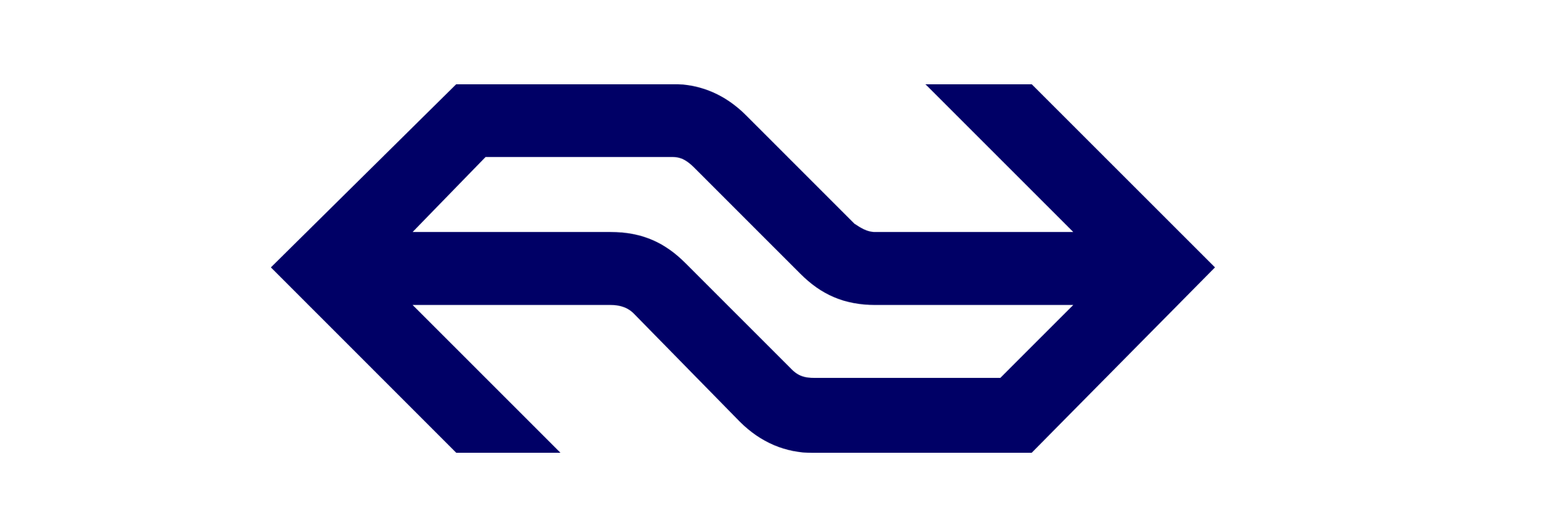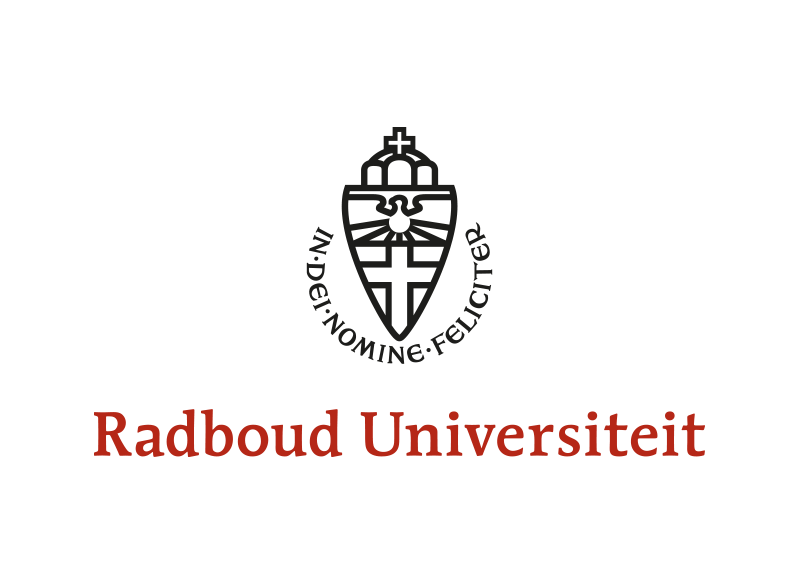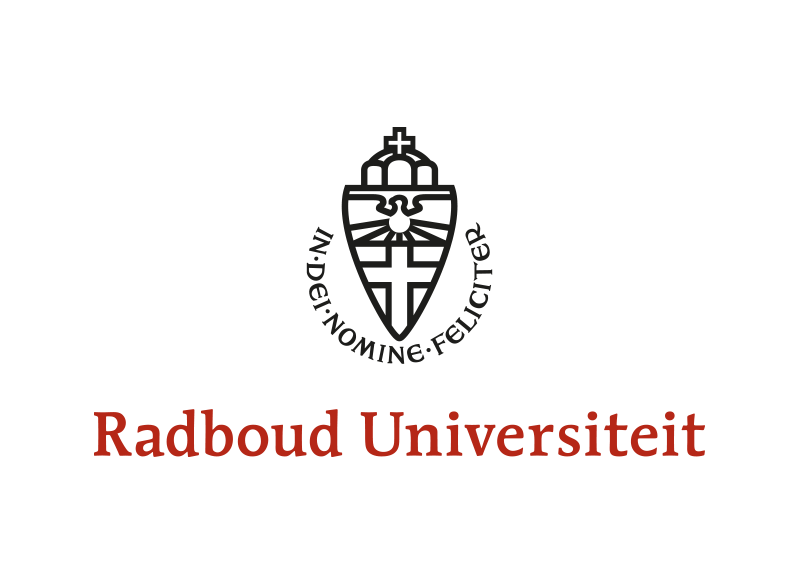


GEARS is a next generation software development platform that transforms business requirements to a fully operational system that includes a GraphQL API. With GEARS you create systems so fast that we also need a very fast mechanism to create user interfaces. Preferably one that doesn't require any effort at all. An interesting user interface is a VA (Voice assistant, for instance Google Assistant). In 2020 a GiPHouse project created a prototype called "API2VA" which transformed itself at runtime to be a VA for any existing GraphQL API and in 2021 a GEARS specific version was created called GEARS-2-VA. Sadly this version was not completed fully. It will be your goal to improve the current GEARS-2-VA to become a usable "GEARS Voice Assistant" which we can show, and preferably implement for our clients.
BDT is a company that specializes in repairing higher-end electronic equipment for manufacturers. One of the products we repair at BDT are tape drives. These are drive similar to Blu-ray drives but instead of writing and reading data from an optical medium they use magnetic tape. The most crucial part of the tape drive is the tape head, which consists out of multiple rollers which position the tape properly along the read and write elements. This tape head has a very low tolerance for positioning errors, and thus requires a very precise alignment if it is replaced. To check this position BDT uses a high-end 3D scanner to allow technician to accurately align the head when it has be replaced. We have a piece of Software called GoldenEye that interfaces with the 3D scanner and analyses the 3D image. This is currently a simple console based application. This limits how much information the technician is getting. The project we would like to do with GipHouse is that a group of students will develop a GUI for the existing GoldenEye application.

Kletsbot is an initiative to bring conversational technology into practice. Through a speaker in a person's home, they can converse with Kletsbot. Their message is sent from the speaker to a server, which can reply in as natural a way as possible. The goal of this project is to create this server, which can interface with multiple speakers at the same time. For the natural language processing and generating responses in a conversation, existing libraries should be used, but some research is necessary. The server needs to distinguish between several speakers, and thus several separate conversations.

VOF Doesburg is a small family firm of a musician couple, Hugo and Heleen. Their main business is the purchasing and sales, repair and rental of string instruments. 20 years ago, the company started with a small inventory of a couple of instruments, but over the past years the company has grown steadily. With this growth came an increasing administrative workload. With a current inventory of more than a thousand independent items, it is hard to keep track of all instruments (assets) of the company. Landolfio will be a new asset tracking software product, integrating with the Moneybird API.

The company: We are Mosadex E-health (mosadex-ehealth.nl), formerly Isatis Health, and we work with approximately 70 people on software for pharmacies, wholesale and patients. We now mainly do this at home, but otherwise from our cozy office on Keizer Karelplein. A number of colleagues have experience with GiPHouse, both as a student and in the support role from the company. Situation: We are all in our attic room behind our screens all day and meetings go through teams. What some seriously miss is stretching their legs, a walk to the coffee machine and chatting about life, everything and nothing. "What did you do this weekend?" "Is Max going to win?" "Are you creating something meaningful?" Solution: Coffee Chat. An app with which all colleagues virtually wait together having a chat at their own coffee machine, while waiting for the grinding of beans and brewing a nice cup of coffee.

Creating a proof of concept (POC) for a self-service app for maintenance engineers. In the future the maintenance engineer will have a self-service app. The engineer can send commands to the gates and validators and can check with the app if everything is installed and works correctly (see figure below; for this project only the yellow ellipse is in scope).

Optimal Scans by Optimal Planet helps determining and monitoring the sustainability and circularity of organisations, products, and services. GipHouse developed this system since 2015 (!) as a web application in Laravel. In 2021 it was decided that the software must be redeveloped from scratch. GipHouse made a new codebase using Python, Vue and Django. A lot of attention was given to code quality and documentation. Modules that were created are: creating and managing User Accounts, a Scan editor and a module for creating accounts for users that fill in Scans (online ‘forms’ with a score calculation). This year, two teams are invited to further develop the software.

Optimal Scans by Optimal Planet helps determining and monitoring the sustainability and circularity of organisations, products, and services. GipHouse developed this system since 2015 (!) as a web application in Laravel. In 2021 it was decided that the software must be redeveloped from scratch. GipHouse made a new codebase using Python, Vue and Django. A lot of attention was given to code quality and documentation. Modules that were created are: creating and managing User Accounts, a Scan editor and a module for creating accounts for users that fill in Scans (online ‘forms’ with a score calculation). This year, two teams are invited to further develop the software.

Underneath the campus of the Radboud University lies a network of climate-control pipes. This enables the buildings on campus to exchange heat depending on each building's needs. For example: if the outside temperature is 6 degrees Celsius or higher, a modern building like the Maria Montessori building does not need to be actively heated, and can provide heat to other buildings instead. This Hybrid Energy Network (HEN) enables the campus to save a lot of energy and heat. The goal of the project is to create a dashboard that makes the data that is gathered from sensors in the network visible. For example, through a map of campus that shows which buildings generate heat, and which buildings consume heat from the HEN.

The Radboud University and the Radboud University Medical Center (umc) are working on green and sustainable initiatives all over the campus Heijendaal. For this, we would like a web-application with an interactive map of the campus. This map must show all green initiatives and allow the user to interact with the points of interest marked on the map. For example, by showing a pop-up when the user hovers over the marker. This pop-up should show more information about the point of interest, possibly with an image or a link to an external resource, such as a youtube video. The application should be available in both English and Dutch.

The Radboud University and the Radboud University Medical Center (umc) are working on green and sustainable initiatives all over the campus Heijendaal. For this, we would like a mobile application for employees that can display the walking routes past green initiatives on campus, and allow them to invite their colleagues. This app must show the interactive campus map and all walking routes that can be retrieved from the web-application API that is part of another GiPHouse project. This API is not part of this project, but will require some cooperation between the teams. For more information, please view the project description of the “Interactive Campus Map” project. The app should be available in both English and Dutch.
Tapando arises from the Student Company course at Radboud University, in which students from different studies are brought together to work on an innovative idea and possibly bring this idea to the market. After intensively following this course for a year, we decided to continue with the idea and see if we can release it on the market. We and the supervisors were very positive about the project, so we want to take the next step towards this end goal. Ultimately, with Tapando, we would like to create an app that provides real-time taping instructions. This means that the tape is projected onto the specific body part (via a mobile camera) and thus the user sees how to tape.

At Thirona, we provide an Image Analysis Service (IAS) for our customers. This service uses our software products to (semi-)automatically process scans through a certain pipeline. Which pipeline is used, completely depends on the desired outputs and varies per customer. As part of this pipeline, several intermediate output checks, all done by manual interaction, have been built in to guarantee correct intermediate outputs, with which the software processes subsequent steps of the pipeline. The IAS has been set up to provide customers high quality results, consistent results, and fast turnaround times. To improve the current IAS, we are looking for a performance dashboard. With this dashboard, we would like to get better insights in the service and our pipelines.

Audiovisual Services provides staff, students and lecturers at Radboud University and the hospital with a wide range of multimedia products and services. These services consist of technical back-up and assistance during the use of equipment in teaching rooms and making video and audio recordings during lectures. The recordings service is called ‘Weblectures’. To ensure that we as a department can provide optimal support to teachers and students during a lecture, we can operate the equipment in the lecture halls remotely. This is now done via a few different applications, because in the lecture halls are equipped with different AV controllers. Every controller needs a different application to operate the equipment remotely. These application are run on a Windows OS system that needs to be in the RU network. So every time we want to remotely operate the controllers, we need to make sure we use the right application which is a cumbersome. Especially for new employees. The main thing that we would like, is to have all these application in one simple overview.

Yoast is a software company based in Wijchen. Our mission is ‘SEO for everyone’. We help people to get the most out of their website, and to rank high in the search results. Our Yoast SEO plugin for WordPress helps more than 12 million users take their SEO to the next level. In our plugin, we provide constructive feedback on their content and handle things related technical SEO, such as adding structured data. But that’s not all we do. In our Yoast Academy, we teach the SEO skills that help make sites rank. We are big fans of open source and making the web better is one of our core values. We’d like you to build a tool that allows agencies or more professional site owners to assess a site, based on a list of questions.
Zorgdoc used to have an SOS service for patients. Because this SOS service was based on an outdated version of our software, and we did not have a business case for it at the time, the product has not been actively maintained. We wish to resurrect the Zorgdoc SOS product.